Description
The Fumanchu Lionfish (Dendrochirus biocellatus) is a visually stunning species known for its intricate patterns and vibrant colours. It has a maximum size of around 6 inches (15 cm) in length. The body is elongated with long, feathery pectoral fins and a fan-like caudal fin. The body colouration can vary, but it typically consists of red, white, and black markings.
Taxonomy
The Fumanchu Lionfish belongs to the genus Dendrochirus in the family Scorpaenidae. Its closest relatives include other lionfish species within the same genus. The genus name “Dendrochirus” is derived from the Greek words “dendron,” meaning tree, and “cheiros,” meaning hand, referring to the species’ intricate and branch-like pectoral fins. The species name “biocellatus” refers to the two large dark spots present on the body.
Natural Habitat
In its natural habitat, the Fumanchu Lionfish is typically found in coral reef environments. It inhabits rocky or coral-rich areas with crevices and caves where it can seek shelter and ambush its prey. These areas provide the lionfish with protection and opportunities to hunt for small fish and crustaceans.
Keeping Fumanchu Lionfish Healthy:
The Fumanchu Lionfish requires careful attention to ensure its health and well-being. It is considered a moderate care level species with some difficulty due to specific requirements.
Special Requirements and Feeding
Fumanchu Lionfish should be kept in a suitable aquarium with a minimum tank size of 30 gallons. They require a well-maintained environment with stable water parameters, including a temperature range of 75°F to 80°F (24°C to 27°C), pH between 8.1 and 8.4, and salinity around 1.023 to 1.025.
Feeding Fumanchu Lionfish involves offering a varied diet consisting of meaty foods. They are carnivorous and primarily feed on live or frozen meaty preparations, such as shrimp, fish, and squid. It’s important to feed them appropriately sized prey to prevent digestion issues.
How Many Should I Keep?
Fumanchu Lionfish are typically kept individually or in pairs due to their territorial nature and potential aggression towards conspecifics.
Hunting Method
The Fumanchu Lionfish is an ambush predator. It relies on its camouflage and slow, stalking movements to approach and capture prey. Once a suitable opportunity arises, it rapidly expands its mouth and engulfs the prey.
Lighting Preference
Fumanchu Lionfish do not have specific lighting preferences. However, providing moderate to low lighting can help enhance their natural colouration and provide a more natural environment.
Suitable Tank Mates
When selecting tank mates for the Fumanchu Lionfish, it’s crucial to consider their predatory nature and potential aggression. Small fish, shrimp, and other invertebrates should be avoided as they may become prey. Compatible tank mates can include larger, aggressive fish species that are capable of defending themselves.
Reproduction in the Wild
In the wild, the Fumanchu Lionfish (Dendrochirus biocellatus) follows a reproductive strategy known as broadcast spawning. This means that both males and females release their eggs and sperm into the water column simultaneously, allowing for external fertilization to occur. This method increases the chances of successful fertilization due to the large number of gametes released.
Breeding Dendrochirus biocellatus:
- Set Up:
To breed Fumanchu Lionfish in captivity, a well-maintained aquarium with appropriate conditions is required. The tank should have suitable hiding places, such as caves or PVC pipes, for the spawning pairs to deposit their eggs. Water parameters should be maintained within the ideal range for the species.
- Courtship/ Spawning:
Breeding can be initiated by introducing a compatible pair of Fumanchu Lionfish into the breeding tank. The courtship process involves intricate swimming displays, with the male following the female closely. The female selects a suitable spawning site and releases her eggs, while the male simultaneously releases his sperm to fertilize them. The spawning process usually occurs during the evening or early morning hours.
- Rearing:
After spawning, it is crucial to remove the eggs from the main tank to ensure their survival. They will hatch after approximately 36 to 48 hours, depending on the temperature. The newly hatched larvae, known as fry, are transparent and require specialized rearing conditions. They need to be fed with live, small planktonic organisms such as rotifers and copepods until they are large enough to accept larger food items.
Sexual Dimorphism
Fumanchu Lionfish do not exhibit significant sexual dimorphism. Males and females generally have similar body shapes, coloration, and fin structures. It can be challenging to differentiate between sexes based on visual characteristics alone.
Distribution
The Fumanchu Lionfish is naturally distributed in the tropical waters of the Indo-Pacific region, including the Red Sea, the coast of East Africa, and throughout Southeast Asia. It is important to note that while there are captive-bred and line-bred strains of Fumanchu Lionfish available in the aquarium trade, the original fish species originate from the wild.
Summary
The Fumanchu Lionfish (Dendrochirus biocellatus) is a visually striking species known for its intricate patterns and vibrant colours. It requires a well-maintained aquarium with appropriate hiding places and suitable tank mates. Careful attention to water parameters and feeding habits is essential to ensure the health and well-being of this species. In terms of reproduction, Fumanchu Lionfish follow a broadcast spawning strategy in the wild, and successful breeding in captivity requires proper setup and rearing techniques. While there are no significant visual differences between male and female Fumanchu Lionfish, it is important to consider their natural distribution, which includes the Indo-Pacific region.
The Fish pictured here are representative only and the livestock you receive may vary in pattern, coloration, and shape.

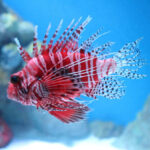
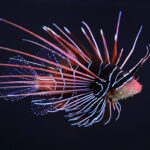
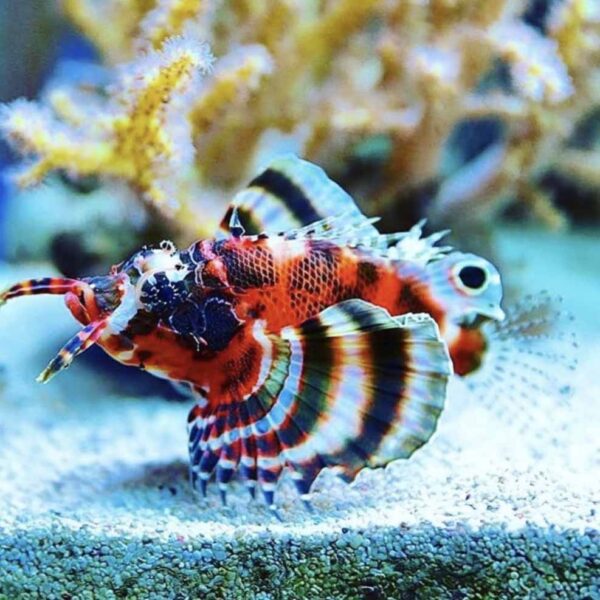


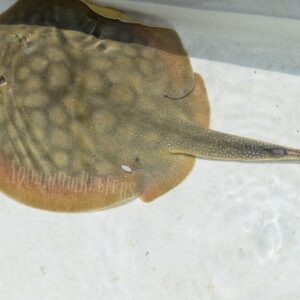

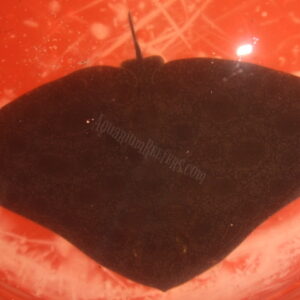
Reviews
There are no reviews yet.